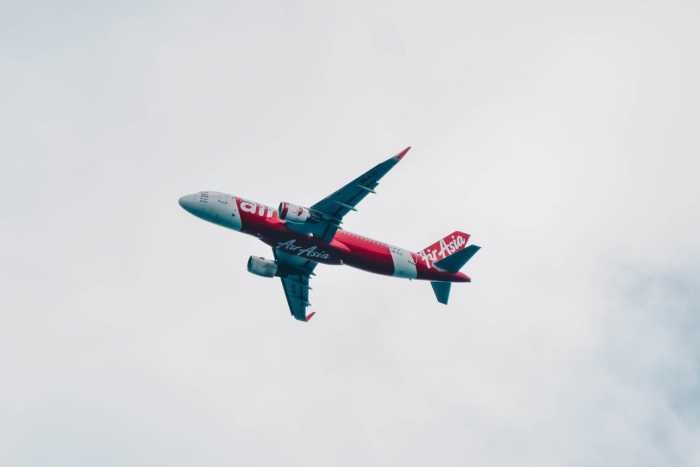
Nok Air Reports FY 2015 Net Loss of 723.9 million baht ($20.08 Million)
18th Mar 2016

Nok Air has deepened its net losses in the fiscal year 2015 compared to FY 2014 from 472 million baht (2014) to 723.9 baht (2015), the Thai-based low-budget airline reported.
Chairman of the company Somchainuk Engtrakul said that the increased competition in the Thailand aviation industry, particularly the rapid expansion of the low cost carrier (LCC) sector, contributed in large part to Nok Air’s financial results in 2015.
Mr Somchainuk said:
This resulted in higher supply than demand, which lowered the company’s market share and brought a significant impact on consolidated figures, resulting in a comprehensive loss.
He also added that Nok Air “has taken immediate action and adjusted our business strategy to best address the changing situation” by focusing on routes within Thailand that show higher passenger demand, as well as expanding international routes.
At the same time, Somchainuk explains, Nok Air is keen to have stronger business relationships with land transport service providers, which will help it “increase passenger’s convenience to destinations that Nok Air does not offer as a direct flight service”.
Nok Air’s Total Revenue went up, but so did the Operating Expenses
When it comes to other figures, Nok Air’s total revenue went up 17 per cent between 12.17 billion baht in 2014 to 14.29 billion baht in 2015. On the other hand, the company’s operating expenses, which were 12.84 billion baht in 2014, were 23 per cent greater in 2015 and were 15.19 billion baht. A part of that can be contributed to more available seats and the increase in ASKs (available seat kilometers) from 5.37 billion in 2014 to 6.22 billion in the following year.
Nok Air has also seen an increase in the number of passengers it has carried in 2015, compared to 2014. In 2014, it stopped at 7.62 million carried passengers, while in 2015 that number went up 14 per cent and was 8.76 million. This was in large part due to the fact that the LCC had more aircrafts at its disposal.
Finally, Nok Air’s market share also declined in 2015 by about 3 per cent to 26.3 per cent and its RASK (revenue per available seat kilometers) dropped to 5.22 billion, 6.64 per cent lower than in 2014.




